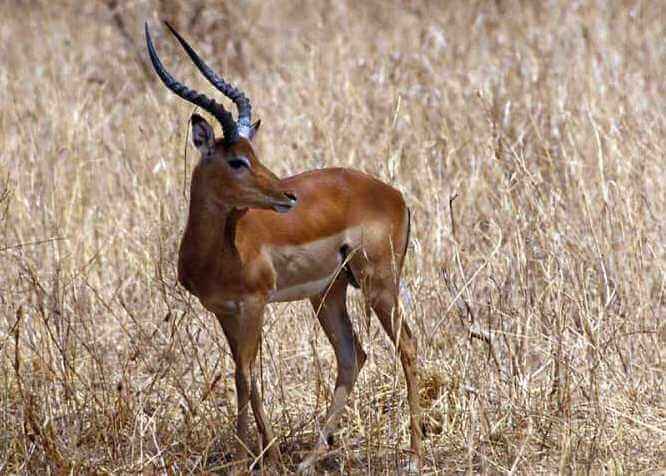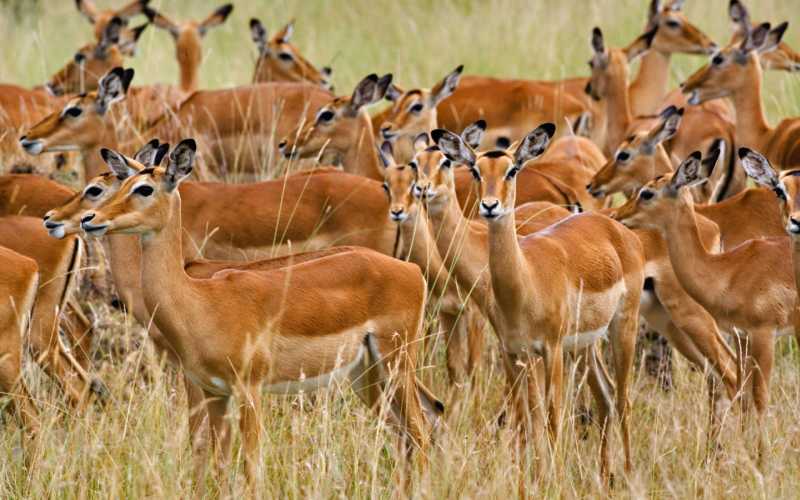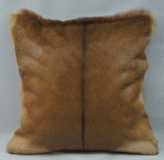African Impala horn skull plate

Click on image for larger view
African Impala Skull plate
$59-00
Region: South Africa
Material: Horn / skull
Size: 50cm (H)
African Impala horn skull plate
Size: 50cm (H)
A set of African Impala horns that is attached to the skull plate and ready to be attached to a shield. The Impala horns have been obtained in South Africa through legal culling practices by KZN Wildlife.
All Impala skull plates require permits for export purposes. The price of the permit is included in the shipping cost. We are registered with KZN Wildlife so can be assured that you are buying your hide from a legal trader.
All sizes listed are approximate. The Impala skull plate you purchase and receive may differ just slightly in size, look, and/or pattern from the African Impala skull plate shown in the picture because of the nature Impala skulls each one is unique.
View our African Game skulls and horns gallery for more African skins or e-mails us if you are looking for a particular skin.
Other styles skulls available on our main skull horns page



Facts about this animal
Impalas are medium-sized antelopes that roam the savanna and light woodlands of eastern and southern Africa. In the rainy season, when food is plentiful, they may gather in large herds of several hundred animals to browse on grasses and herbs, bushes, shrubs, and shoots.
Herds offer protection from predators, such as lions. An alert impala will bark out an alarm that puts the entire herd to flight—and a fleeing impala is no easy prey. Impalas are fleet runners who are able to leap distances of up to 33 feet (10 meters). They use this technique to escape predators and sometimes, apparently, simply to amuse themselves.
The impala can also clear bushes and other obstacles by soaring some 10 feet (3 meters) in the air. Typically, a running impala will simply jump over anything in its path.
This graceful antelope is known for its long, spiral horns, which males use to challenge each other in tests of strength. Older impala males stake out mating territories and herd groups of females that they jealously guard against any rivals. During this exhausting mating period, the male must fight off challengers, herd his females, and mate with them. Unsuccessful bids to take over a male's territory usually end with the loser retreating to join a bachelor herd.
Females typically give birth about seven months after they mate, usually to a single impala. Both mother and baby join a herd of females and offspring within a few days.
Factsheet
Scientific classification
- Swahili Name: Swala Pala
- Scientific Name: Aepyceros melampus
- Size: 28 to 36 inches tall
- Weight: 100 to 135 pounds
- Lifespan: 12 years
- Habitat: Savanna and light woodland
- Diet: Grazer/browser
- Gestation: Between 6 and 7 months
- Predators: Lions, leopards, cheetahs, hyenas, hunting dogs
Conservation status: Least concern / abundant









